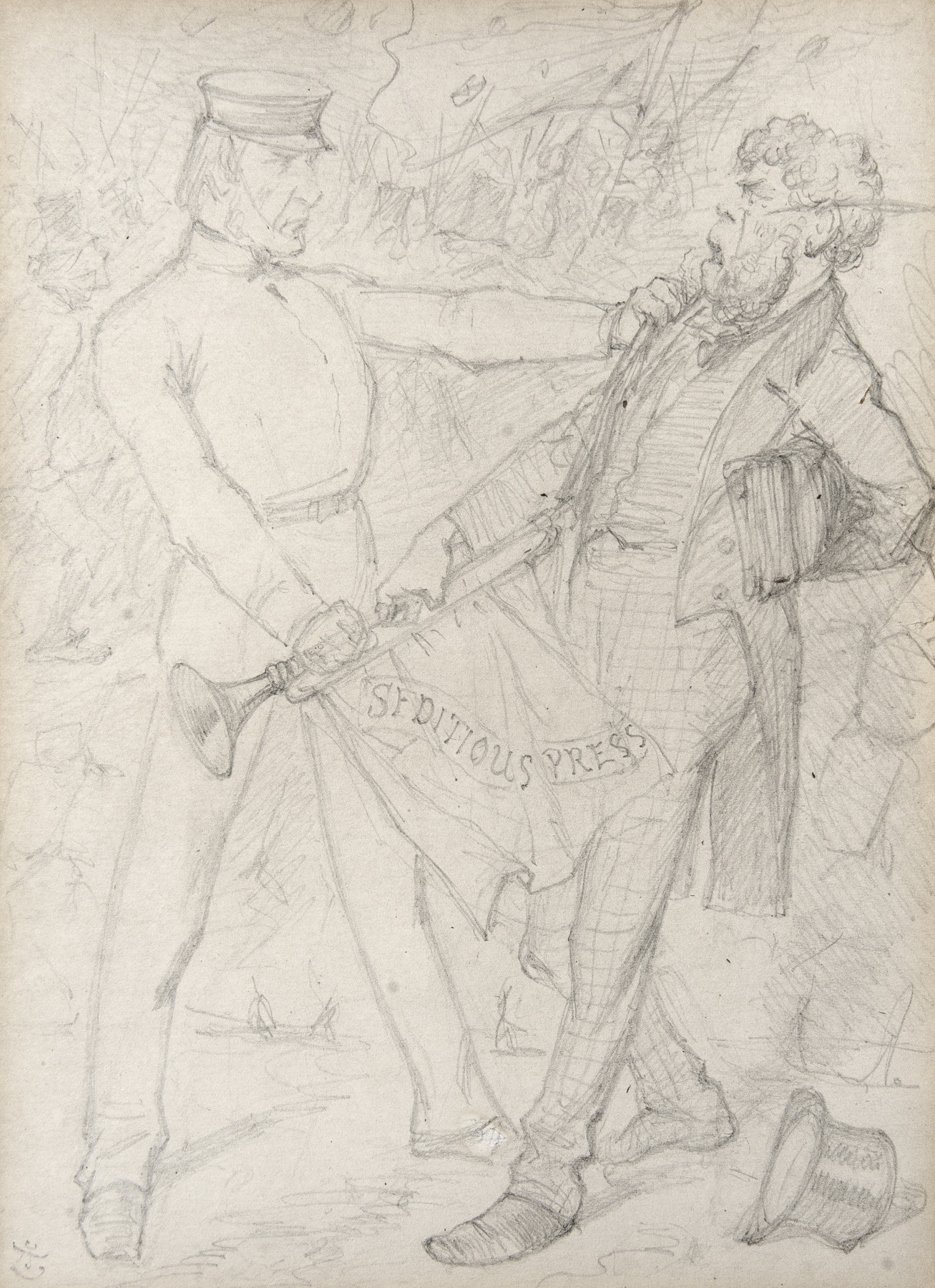
(click image to enlarge)
When William Gladstone became Liberal Prime Minister for the first time in 1868, he stated that, ‘my mission is to pacify Ireland’, and planned to deal with the three main grievances of the Irish, namely church, land and education. Almost immediately, in 1869, parliament took decisive action regarding the first of these by passing the Irish Church Act, which had the intention of disestablishing the (Anglican) Church of Ireland. Gladstone then turned his attention to the second issue, and put forward a bill that would give greater rights to tenants, which was passed as the Landlord and Tenant (Ireland) Act in 1870. (However, he would not progress with education until later in the decade.)
While this legislation was going through parliament, public disorder actually increased in Ireland, and Gladstone was forced, against his better nature, to bring in a ‘Coercion Act’ to quell such outbreaks by force. Passed in 1871 as the Protection of Life and Property in Certain Parts of Ireland Act, it was also known as the Westmeath Act; for County Westmeath, to the west of Dublin, was a particular hotbed of Ribbonism, a popular movement of poor Catholics rising against Protestant landlords and their agents.
During these years, Punch published several cartoons on the subject of disorder in Ireland, including John Tenniel’s controversial The Irish ‘Tempest’, which appeared on 19 March 1870. Employing characters from Shakespeare’s The Tempest, this showed Gladstone as Prospero protecting Ireland, in the shape of his daughter Miranda, from the Irish nationalist ‘Rory of the Hills’ who looks like the monstrous Caliban and speaks his line: ‘This Ireland’s mine, by Sycorax my mother, which thou tak’st from me’.
Three weeks later, on 9 April 1870, the present cartoon drew attention to the fact that the Coercion Act would deal not only with the disorder itself but also with those who inflame it. Taking as his text, Aesop’s moral, ‘He who incites to strife is worse than he who takes part in it’, Tenniel shows Gladstone as a constable seizing the trumpet from an Irish newspaper editor, who embodies the ‘seditious press’.